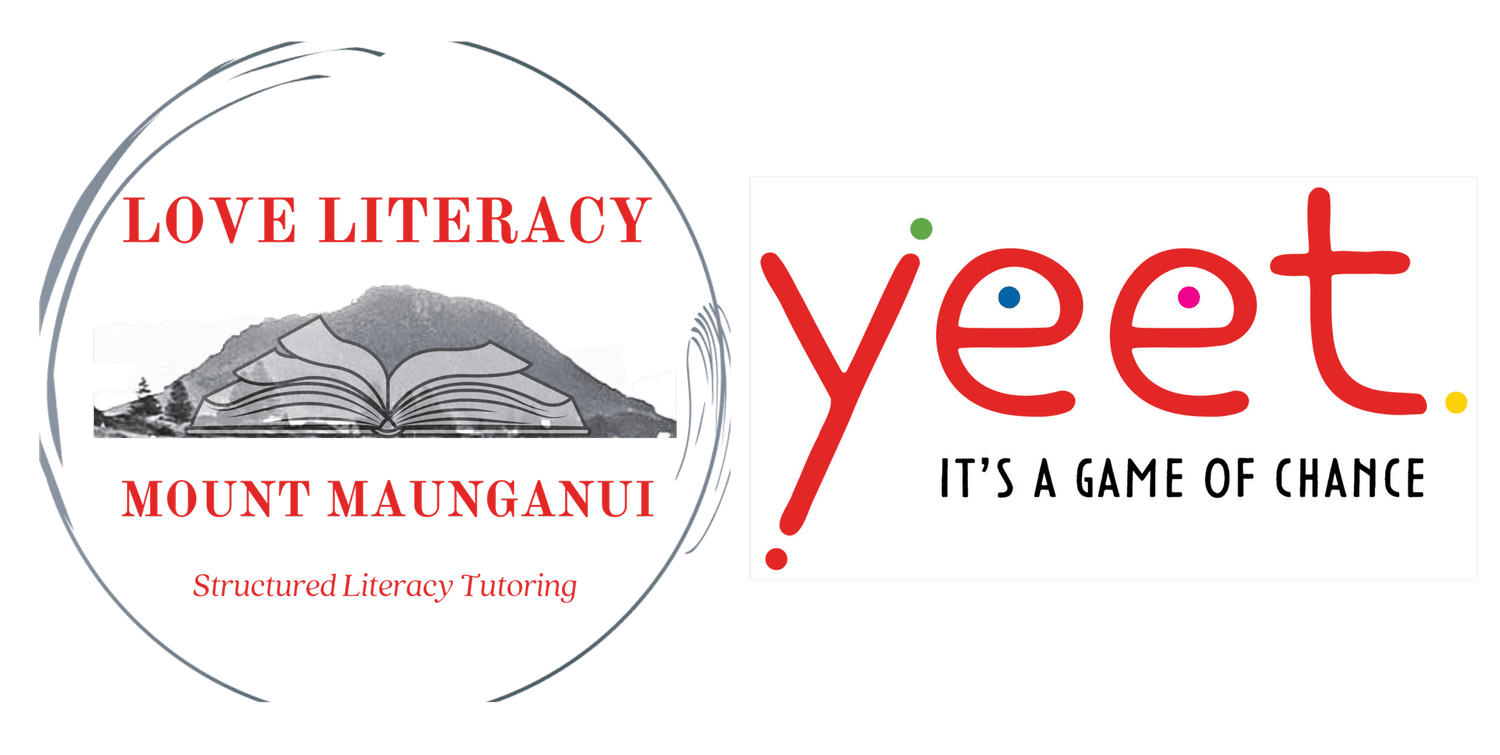Tēnā koutou e te whānau kura,
Ko Heather tōku ingoa, from Love Literacy, and I’m thrilled to share a new resource—Marīkī, a new kēmu Māori (Māori card game) created in collaboration with my friend Tiana from Pānui Me Te Tuhi.
Marīkī is based on a structured literacy approach to support learning Te Reo Māori, whether you’re just beginning, supporting ākonga in English-medium or rūmaki settings, or sharing the language at home with whānau.
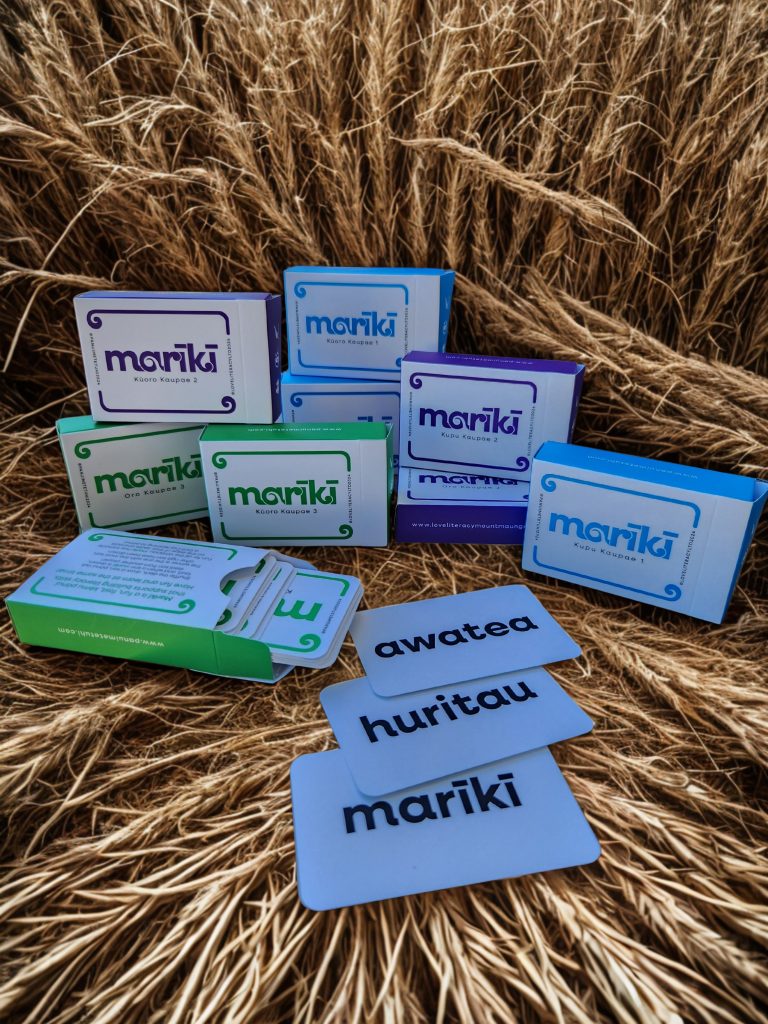
What is Marīkī?
Marīkī is the Te Reo Māori version of my popular Yeet game (more about Yeet here: Yeet Game Packs).
This game follows the Hanganga Reo Matatini scope and sequence – Mahi by Mahi, developed by Mahina Selby-Law.
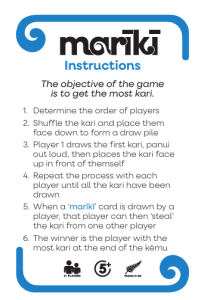
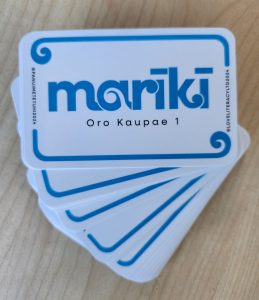
What’s in the box?
Marīkī is made up of 9 different decks, grouped across three Kaupae (levels).
Each kaupae has:
- Oro (sounds)
- Kūoro (syllables)
- Kupu (words)
It’s more than a game – it’s a tool for building phonemic awareness, decoding skills, and vocabulary, all through fun, movement, and collaboration.
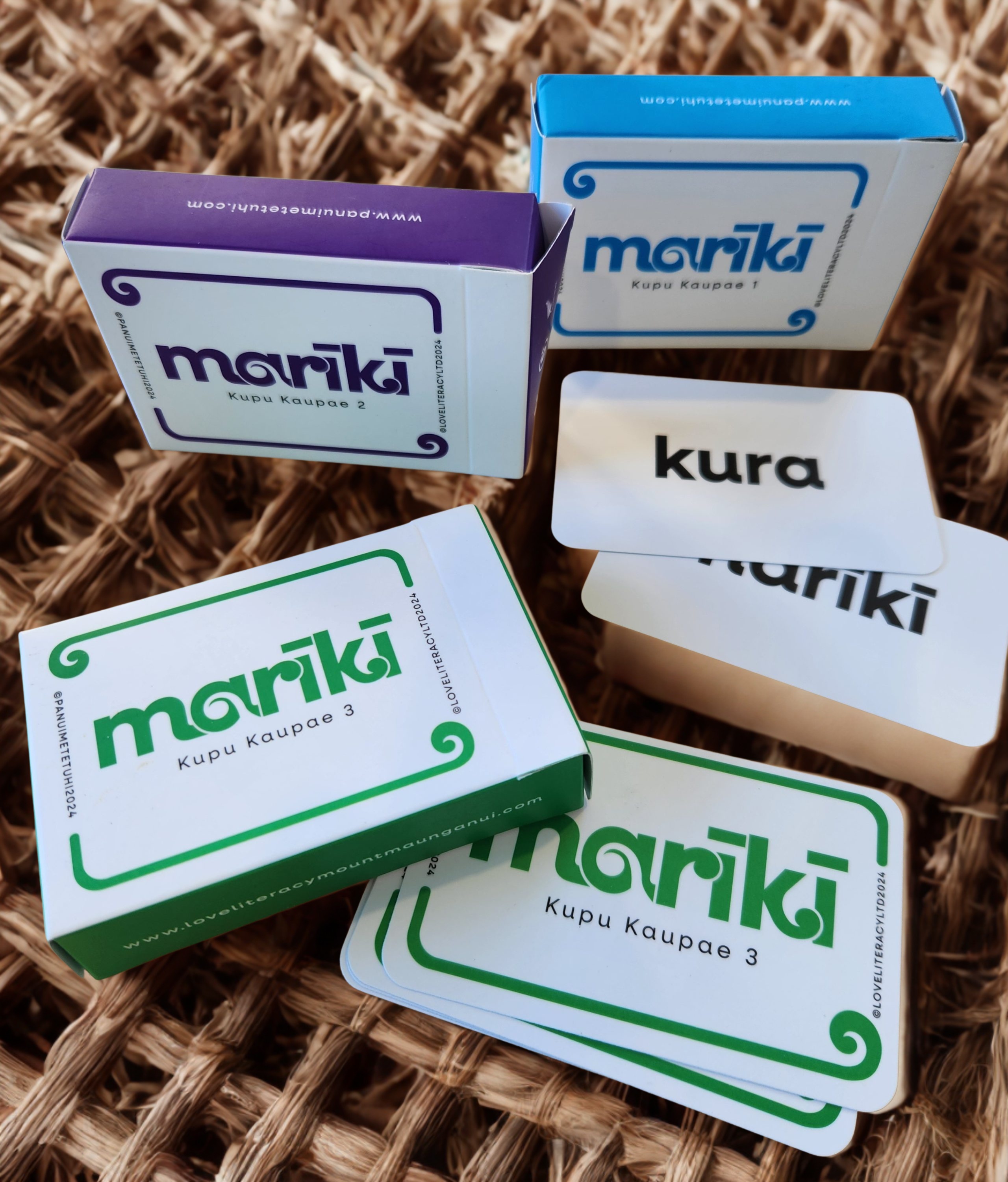
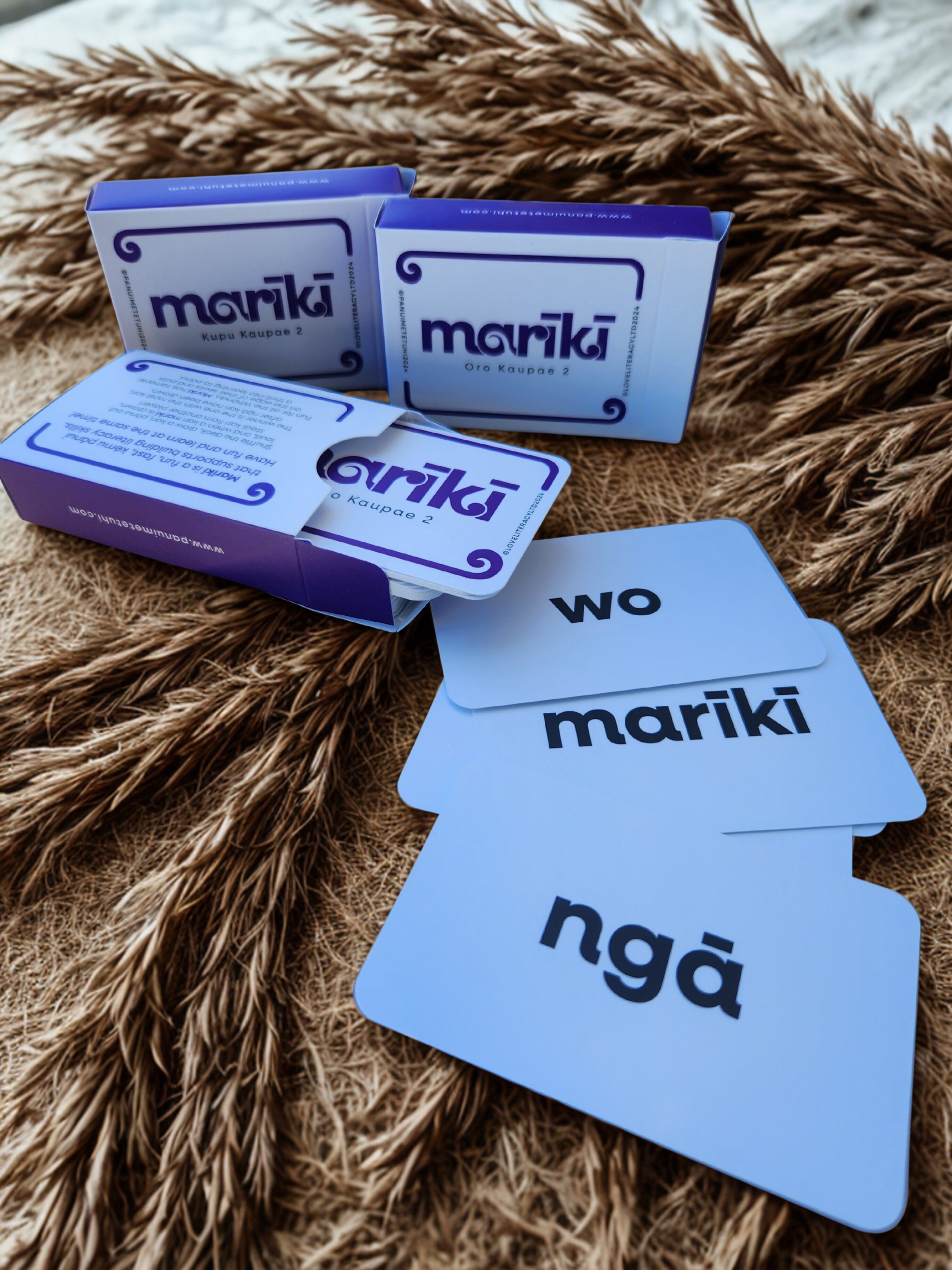
Want to see Marīkī in action?
- Tiana playing with her daughter: Watch here
- How to play – the rules explained: Watch here
- How the game supports structured reo learning: Watch here
It’s more than a game – it’s a tool for building phonemic awareness, decoding skills, and vocabulary, all through fun, movement, and collaboration.
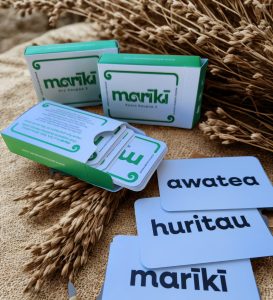
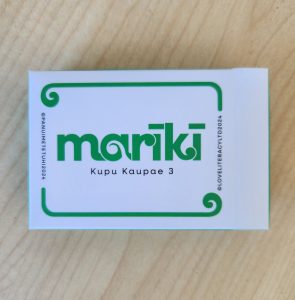
The name Marīkī empowers tamariki to pānui (read) and kōrero (speak) through kēmu (games):
- Ma stands for Mana (power) and acknowledges the incredible work of Mahina Selby-Law, as we’ve followed her scope and sequence.
- Ri comes from Riti (to read).
- Ki comes from Kīkī (to speak).
As te ao hurihuri (our ever-changing world) continues to evolve, so too does the Māori language. New kupu are created to reflect emerging technologies and concepts. For example, Te Taitūperepere refers to a blossoming wave of youth—rising with force, excitement, and energy—and rorohiko combines the ideas of brain (roro) and power (hiko) to form the word for computer. We acknowledge and respect that each iwi and hapū may hold different whakaaro (views) about the creation and use of kupu hou.
Ready to explore?
Visit the Marīkī page here to learn more or place an order:
Ngā mihi nui for supporting kaupapa Māori and reo Māori learning in a way that’s fun, accessible, and grounded in evidence-based practice. We would be so grateful if you would pass this on to others in your kura or whānau who might benefit.
Ngā manaakitanga,
Heather & Tiana
